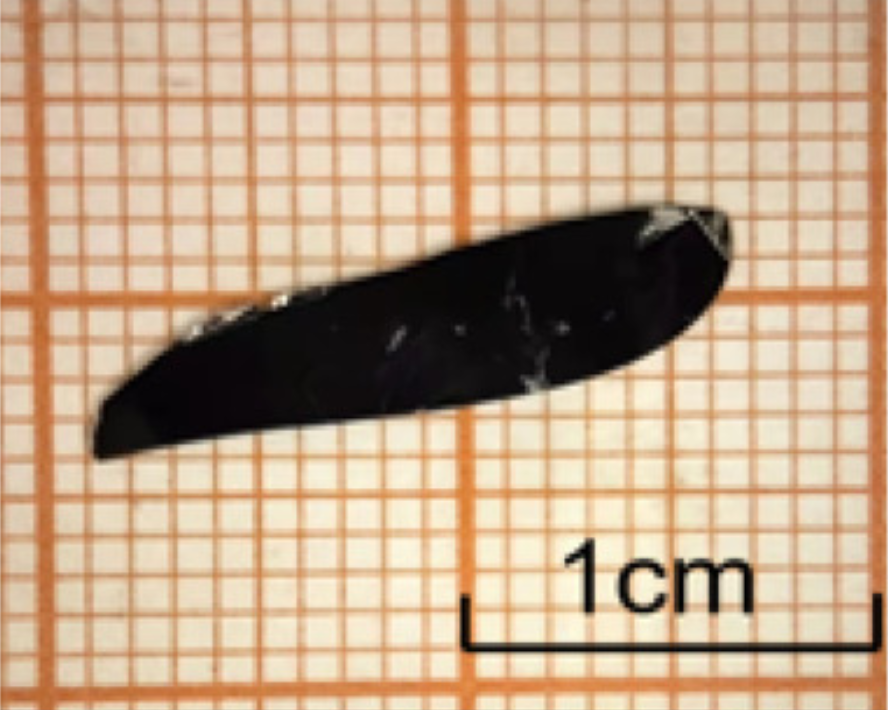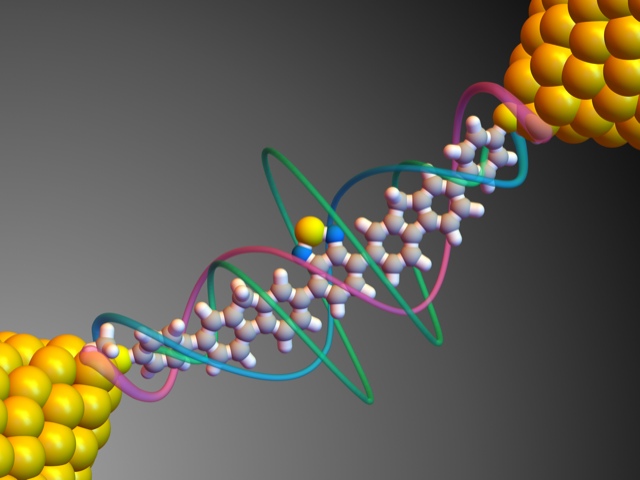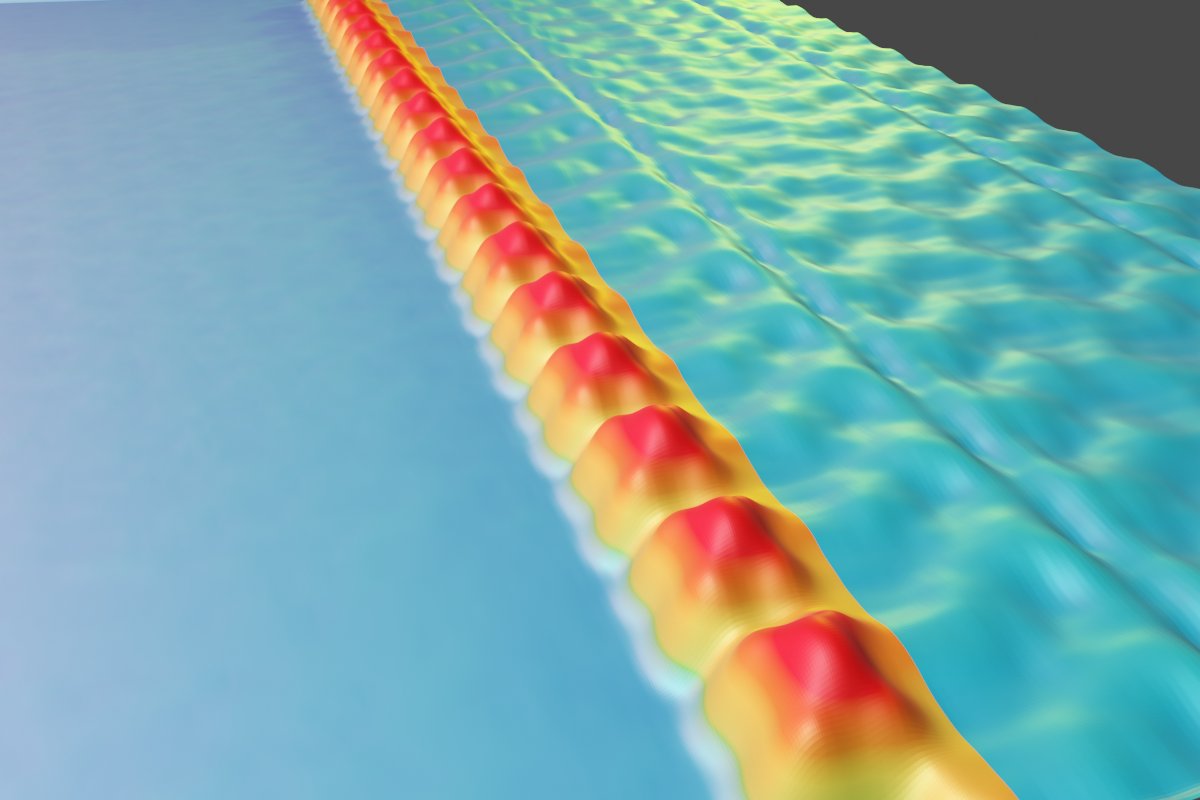Scientists from Immanuel Kant Baltic Federal University in frames of academic mobility between China and Russia together with colleagues from Qiqihar University grew “defective” crystals of tin diselenide, that have atoms of selenium in greater or less amount, than in standard structure of this compound.


